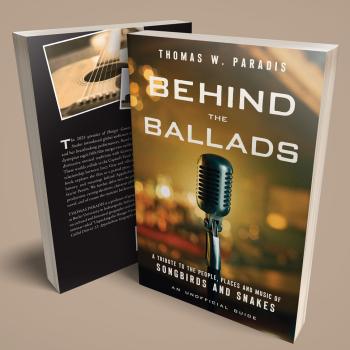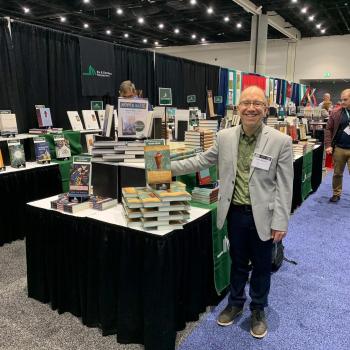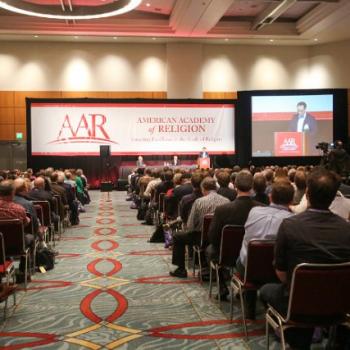The call for papers for the American Academy of Religion 2016 Annual Meeting in San Antonio is now live on the website. Click through to submit a proposal or browse the calls for papers. Below is the text from the program unit of which I am co-chair, Traditions of Eastern Late Antiquity.
Traditions of Eastern Late Antiquity Group
This program unit focused on Late Antiquity in the East aims to provide a home for the study of religious traditions that are rooted in Mesopotamia, Persia, and western Asia, particularly those parts that were outside the Roman cultural reach such as Zoroastrianism, Manichaeism, and Mandaeism. While the group will focus on late antiquity, many of these traditions, and particularly their extant texts come to us from much later periods, and this scholarly issue will be part of our discussions. In addition, many of the traditions that were born in this time and place also spread to other parts of the world, and the study of them in those forms and contexts also has a place within this program unit, as does investigation of their response to the rise of Islam in the region. In addition, this group’s focus is not exclusively on those traditions that developed uniquely in this region, but also those which, when transplanted there, had significant evolutions in that milieu that differ from their counterparts in other times and places (e.g. Christianity, Judaism). We likewise encourage research which focuses on the interaction between the various communities and traditions of this place and time.
We will have one open session for which papers on any topic germane to the subject area of the program unit may be proposed.
A second session will focus on “Race in Eastern Late Antiquity.” For this session, co-sponsored with SBL’s Religious Worlds of Late Antiquity Section, we seek papers that explore ideas about “race” in the cultures and traditions of the Sasanian East. Is “race” an appropriate and fruitful category for understanding elements of social practice and worldview in Eastern Late Antiquity? Does recent scholarly work on “race” and “ethnicity” in Greek and Latin antiquity hold any promise for illuminating corresponding dynamics further east?
A third session, co-sponsored with the Religious Worlds of Late Antiquity and Aramaic Studies SBL program units, is being planned on the Aramaic magic bowls. Given the interdisciplinary sponsorship, we propose that the session focus on the intersection of diverse perspectives on these artifacts:
Aramaic Magic Bowls: Language, Ritual, and Context. How can language experts help clarify the nature of the beliefs and practices associated with these artifacts? How can those who study the societies and subgroups that used such bowls help clarify the meaning of obscure terminology? How can the study of the Late Antique context in which the bowls were produced help shed light on their use, significance, and meaning? How can the study of the bowls shed light on the usefulness on the categories of syncretism and mixing?












